Automatically launching apps at startup in Windows 11 can enhance your efficiency by saving you the hassle of opening them each time you log in. Whether it's your favorite productivity software or essential utilities, setting them to start automatically ensures they're ready whenever you need them. Here are several methods to achieve this in Windows 11.
Method 1: Create a Shortcut in the Startup Folder
One effective way to run applications automatically at startup is by placing their shortcuts in the Startup folder. This method allows you to add any app and even configure it to launch in a maximized window.
Step 1: Press the Windows+R keys to open the Run dialog box. Type shell:startup and click OK or press Enter. This will open the Startup folder in File Explorer.

Step 2: In the Startup folder, right-click on an empty area, hover over New, and select Shortcut from the context menu. This will open the Create Shortcut wizard.
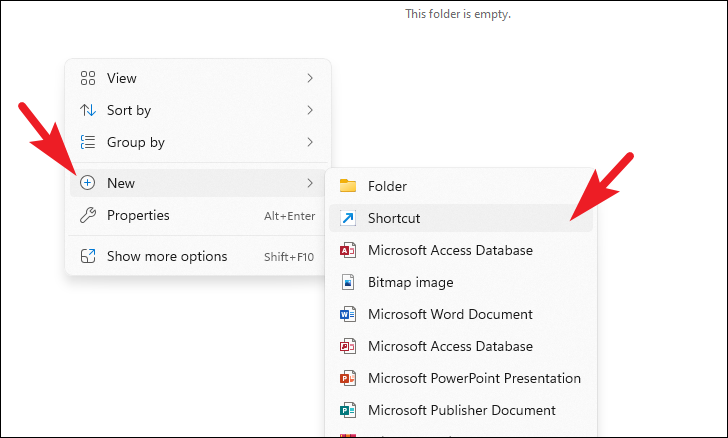
Step 3: Click the Browse button in the wizard. Navigate to the installation folder of the program you want to start automatically, select the application's .exe file, and click Open.

Step 4: Click Next, then Finish to create the shortcut in the Startup folder. The application will now launch automatically when you start Windows.
To start the program maximized:
Step 5: In the Startup folder, right-click the shortcut you just created and select Properties.
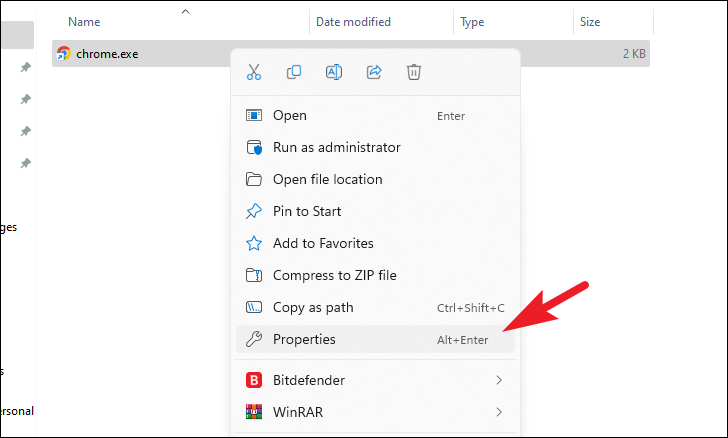
Step 6: In the Properties window, find the Run option, and select Maximized from the dropdown menu. Click Apply, then OK to save the changes.
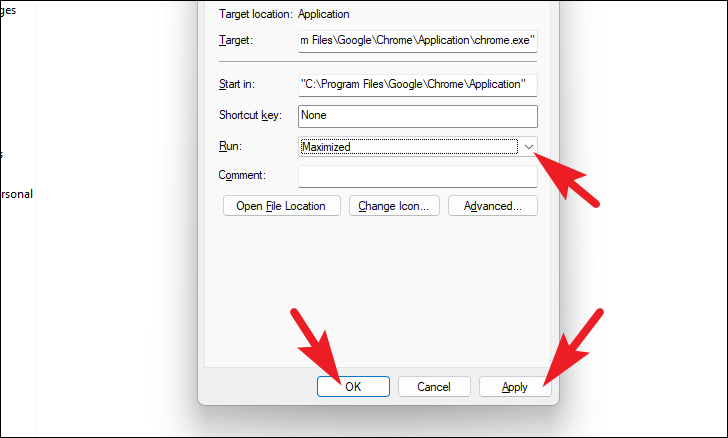
You can repeat these steps to add as many applications as you like to the Startup folder, ensuring they all open automatically when you log in.
Method 2: Copy Applications Directly to the Startup Folder
If you have multiple apps to add to the startup sequence, copying them directly to the Startup folder can be more efficient.
Step 1: Open the Startup folder by pressing Windows+R, typing shell:startup, and pressing Enter.
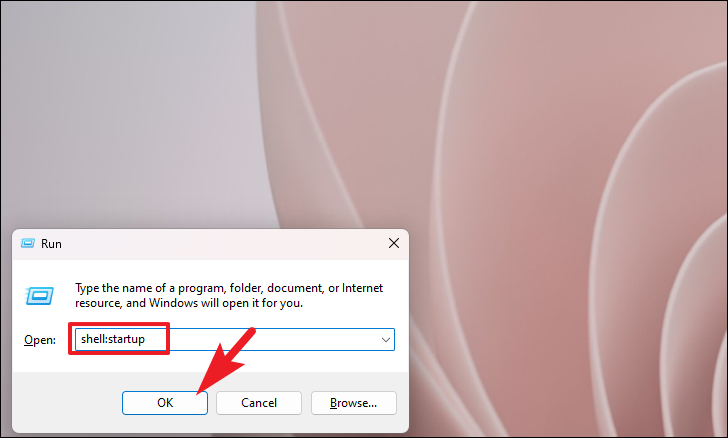
Step 2: Open the Applications folder by pressing Windows+R, typing shell:appsfolder, and pressing Enter. This folder contains shortcuts to all installed applications.
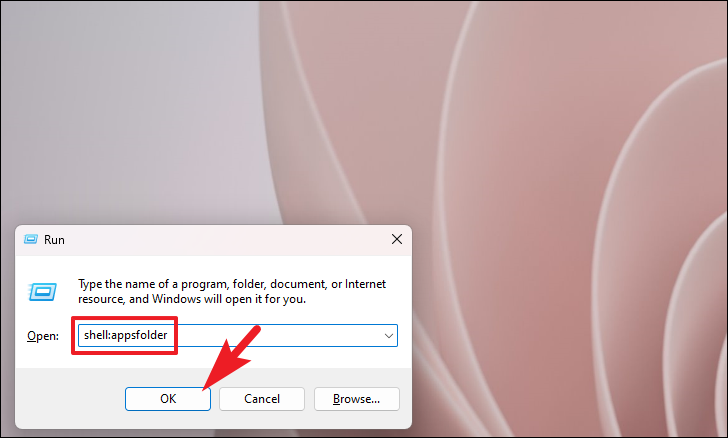
Step 3: Arrange both the Startup folder and Applications folder side by side. You can snap them by dragging each to opposite edges of the screen.
Step 4: Drag the desired application icons from the Applications folder and drop them into the Startup folder. This creates shortcuts in the Startup folder.
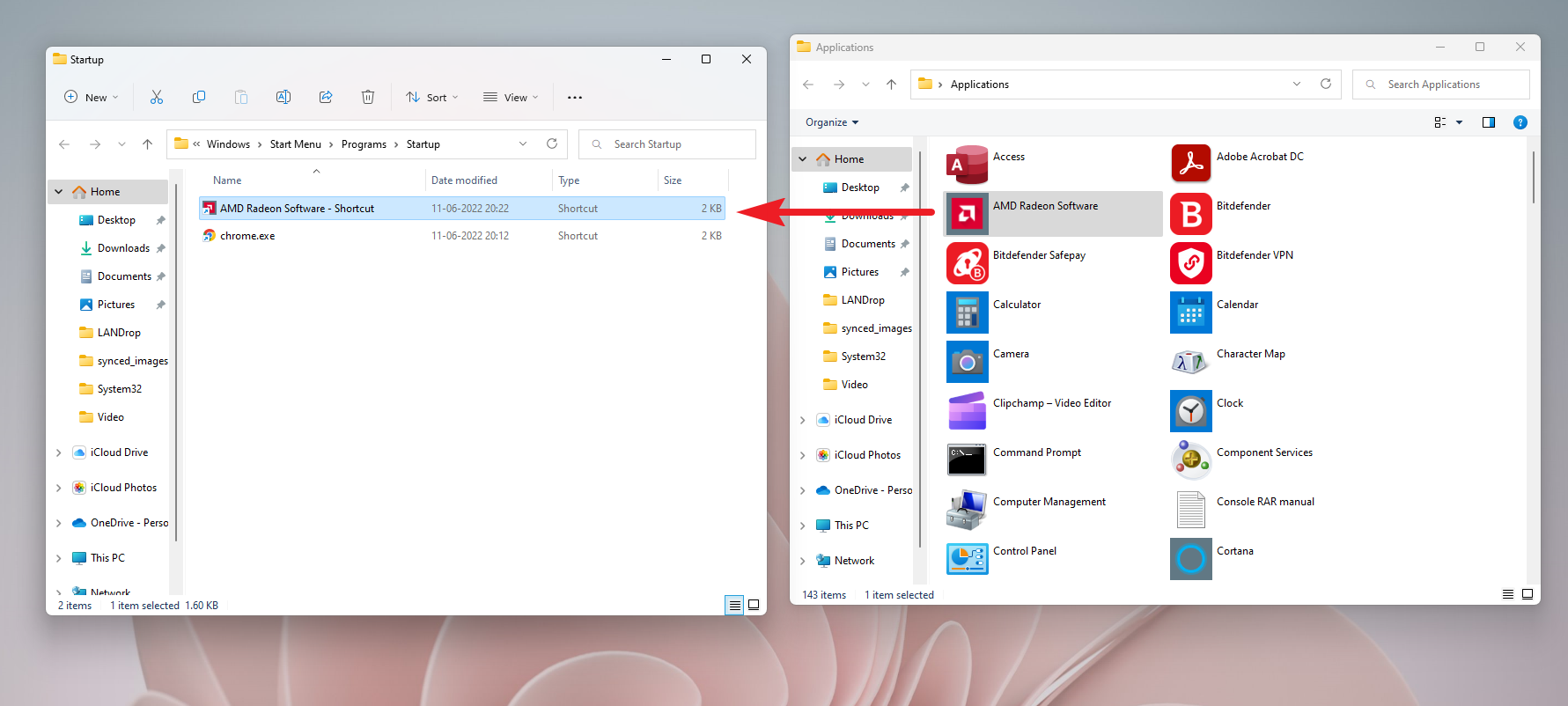
This method allows you to quickly add multiple applications to the startup routine without creating shortcuts manually.
Method 3: Use Task Scheduler to Launch Programs at Startup
Task Scheduler offers advanced options for running programs automatically with additional triggers and settings.
Step 1: Open Task Scheduler by searching for it in the Start menu and selecting the Task Scheduler app.

Step 2: In Task Scheduler, right-click on Task Scheduler Library and select New Folder. Name it something like "User Tasks" to organize your tasks.
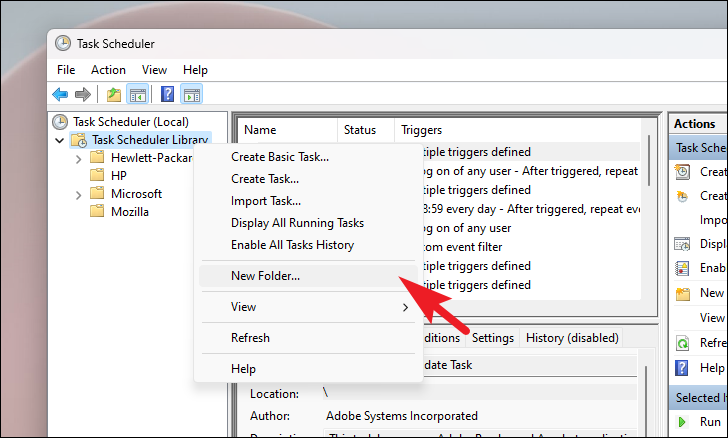
Step 3: Expand the Task Scheduler Library, right-click your new folder, and select Create Basic Task.
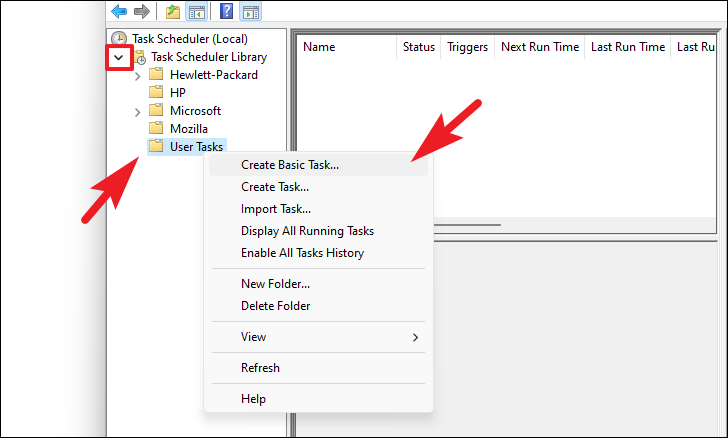
Step 4: Give your task a name and click Next.
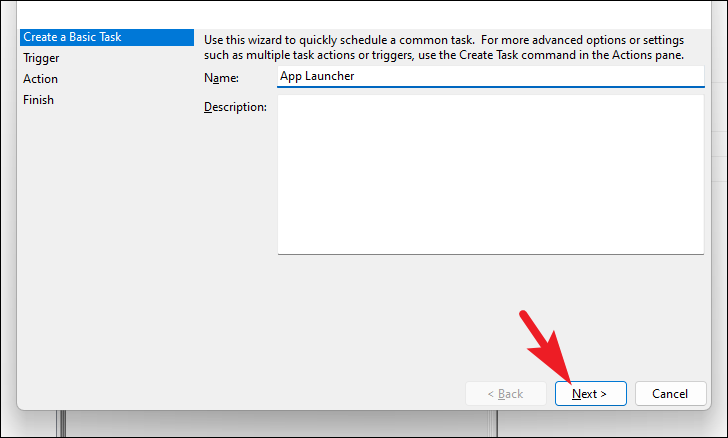
Step 5: Choose When I log on as the trigger for the task, then click Next.
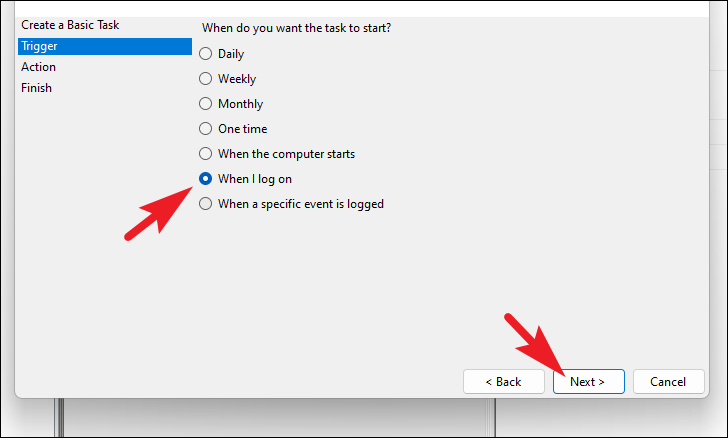
Step 6: Select Start a program as the action and click Next.
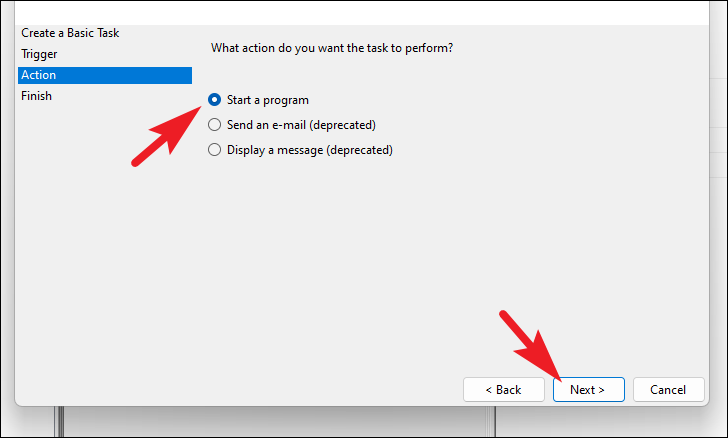
Step 7: Click Browse and navigate to the application's .exe file you want to run. Select it and click Open, then click Next.
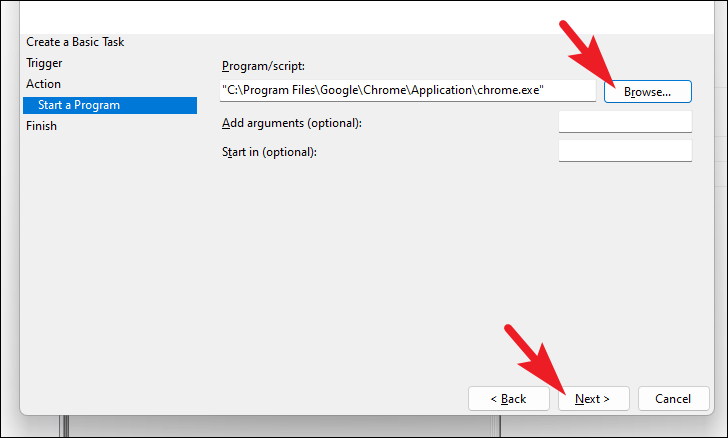
Step 8: Review the summary and click Finish to create the task.

The application will now start automatically when you log in. Task Scheduler provides flexibility for advanced scheduling and conditions.
Method 4: Enable Apps to Run at Startup via Settings
Windows 11 allows you to manage startup apps through the Settings app, where you can enable or disable applications easily.
Step 1: Open the Settings app by clicking on the Start menu and selecting Settings, or by pressing Windows+I.

Step 2: In Settings, click on Apps in the left sidebar.
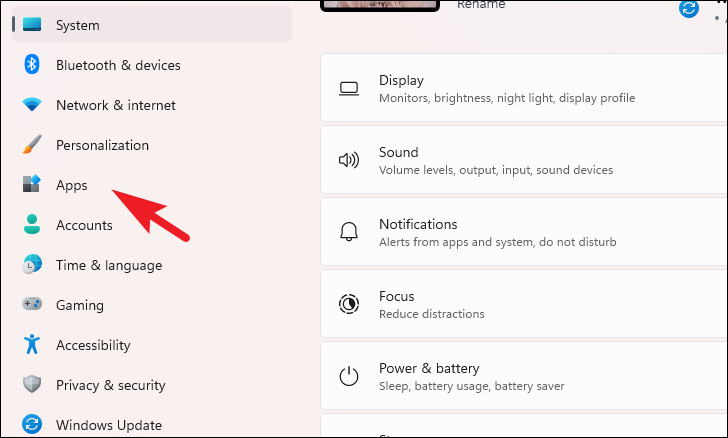
Step 3: Select Startup on the right pane.

Step 4: You'll see a list of apps that can start automatically. Toggle the switch next to the app you want to enable or disable at startup.
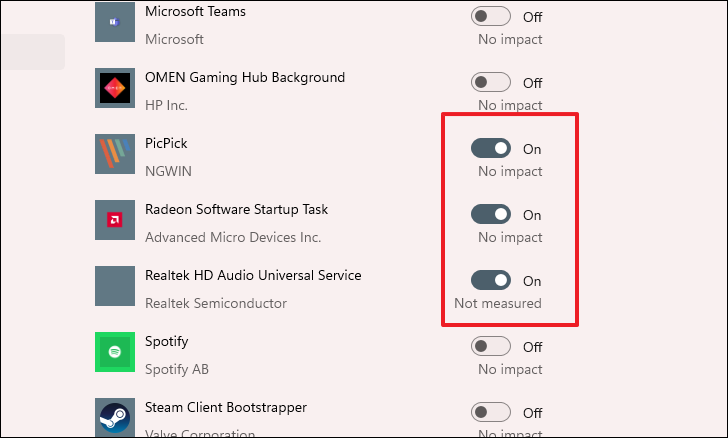
This method is straightforward but limited to the apps that appear in the list and doesn't allow starting apps maximized or adding new applications not already listed.
By following these methods, you can customize which applications run automatically when you start Windows 11, tailoring your startup experience to best suit your needs. Remember, adding too many apps to startup can slow down your system boot time, so it's advisable to include only essential programs.


